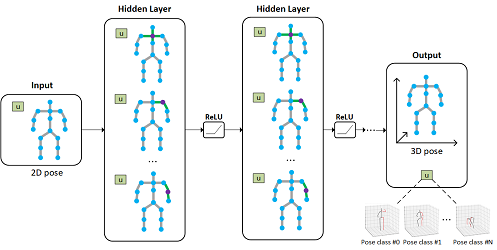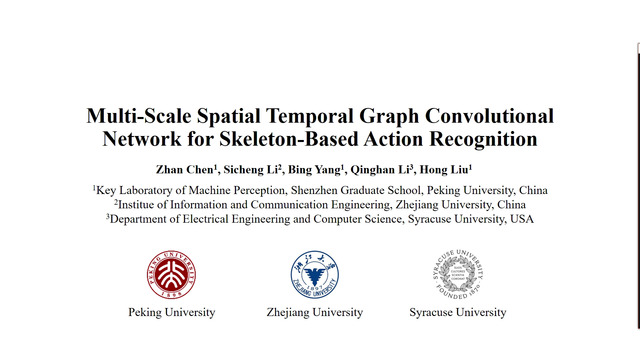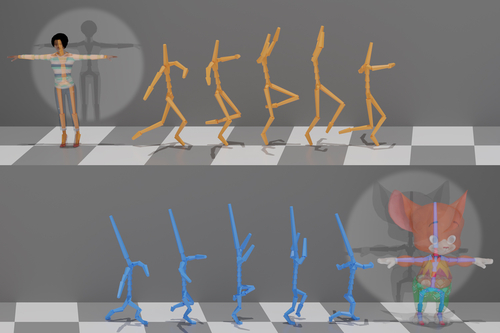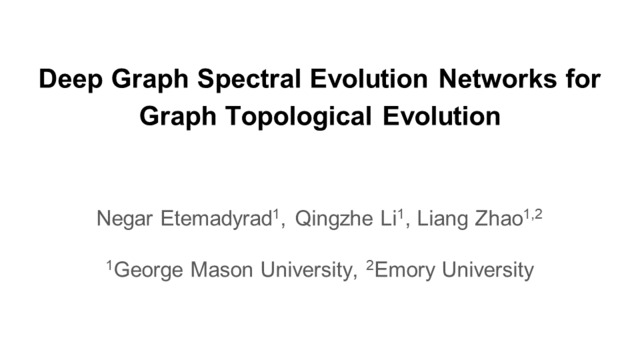Abstract:
3D human motion prediction, i.e., forecasting future sequences from given historical poses, is a fundamental task for action analysis, human-computer interaction, machine intelligence. Recently, the state-of-the-art method assumes that the whole human motion sequence involves a fully-connected graph formed by links between each joint pair. Although encouraging performance has been made, due to the neglect of the inherent and meaningful characteristics of the natural connectivity of human joints, unexpected results may be produced. Moreover, such a complicated topology greatly increases the training difficulty. To tackle these issues, we propose a deep generative model based on graph networks and adversarial learning. Specifically, the skeleton pose is represented as a novel dynamic graph, in which natural connectivities of the joint pairs are exploited explicitly, and the links of geometrically separated joints can also be learned implicitly. Notably, in the proposed model, the natural connection strength is adaptively learned, whereas, in previous schemes, it was constant. Our approach is evaluated on two representations (i.e., angle-based, position-based) from various large-scale 3D skeleton benchmarks (e.g., H3.6M, CMU, 3DPW MoCap). Extensive experiments demonstrate that our approach achieves significant improvements against existing baselines in accuracy and visualization. Code will be available at https://github.com/cuiqiongjie/LDRGCN.









































